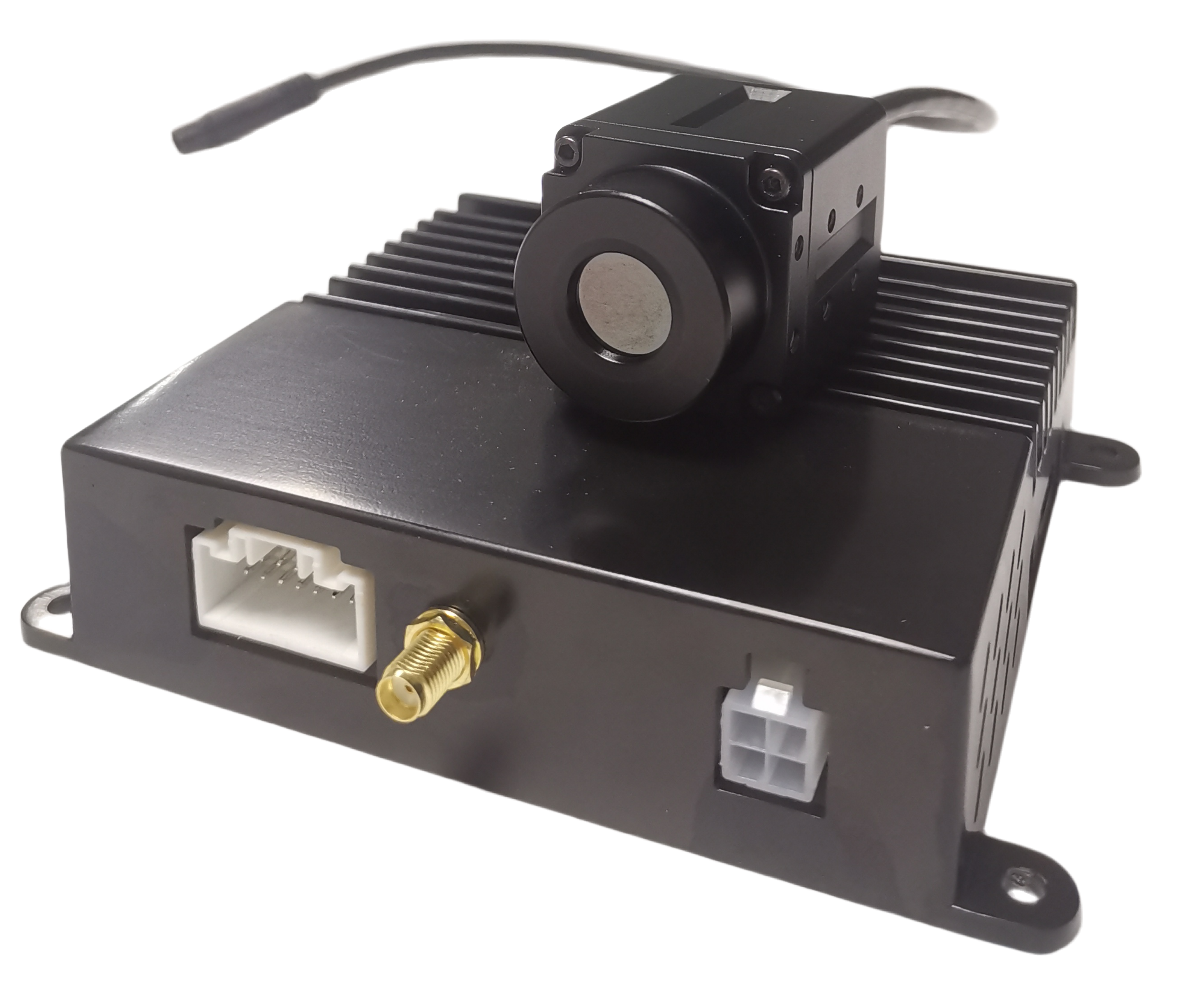Enhancing Vehicle Safety with High-Resolution Thermal Cameras for Vehicles

Vehicle Safety Technology
Enhancing vehicle safety with high-resolution thermal cameras for vehicles is a significant advancement in the realm of vehicle safety technology. These high-definition thermal cameras for cars offer an innovative approach to enhancing safety on the roads. By utilizing vehicle thermal imaging systems, drivers can benefit from improved visibility and early detection of potential hazards, ultimately contributing to a safer driving experience.
Car Thermal Camera Technology: The integration of high-resolution thermal cameras into vehicles represents a notable leap forward in ensuring enhanced safety measures on the road.
Now, let's move on to understanding how thermal imaging works.
Understanding Thermal Imaging
Thermal imaging is a sophisticated technology that operates by capturing and interpreting thermal energy emitted by objects. High-resolution thermal cameras are designed to detect heat signatures and convert them into visible images, allowing for enhanced visibility in various conditions. These cameras can capture the heat emitted by objects, including vehicles, pedestrians, or animals, and create a visual representation based on the variations in temperature.
How Thermal Imaging Works
High-resolution thermal cameras utilize infrared imaging to detect and visualize heat signatures. These cameras are equipped with sensors that can identify temperature differences and translate them into images. The captured thermal data is then processed to create a detailed representation of the environment based on the detected heat patterns. In the context of vehicles, thermal imaging helps in identifying potential hazards on the road, such as pedestrians or animals, even in low light or adverse weather conditions.
Benefits of Thermal Imaging in Vehicles
Enhanced Visibility: Thermal imaging provides improved visibility in low light or adverse weather conditions, enabling drivers to have a clearer view of their surroundings.
Early Hazard Detection: By detecting heat signatures, thermal cameras help drivers identify potential hazards on the road well before they become visible through traditional means.
DIY Camera Installation
Installing high-resolution thermal cameras in vehicles can be a valuable enhancement to overall safety and security. For those interested in taking on the installation process themselves, here are some essential steps and considerations for a successful DIY installation.
Steps for DIY Thermal Camera Installation
Selecting the Appropriate Location: Choose an optimal placement for the camera to ensure maximum coverage and effectiveness.
Basic Installation Process: Integrate the thermal cameras into the vehicle following the manufacturer's guidelines, ensuring a secure and stable setup.
Considerations for DIY Installation
Power Requirements: Understand the power needs of the thermal cameras to ensure they are adequately met during installation.
Calibration and Alignment: Properly calibrate and align the cameras to guarantee accurate detection and imaging capabilities.
Advantages of Car Alarm Systems
Incorporating high-resolution thermal cameras into car alarm systems offers a range of advantages, elevating the overall security features and customization options for vehicle safety.
Enhanced Security Features
Integration with Vehicle Alarm Systems: By integrating thermal cameras with vehicle alarm systems, real-time monitoring and alerts for potential security threats are made possible. This advanced integration provides an additional layer of security, enabling early detection and proactive responses to potential risks.
Real-Time Monitoring: Thermal cameras integrated with car alarm systems enable real-time monitoring of the vehicle's surroundings, enhancing security measures.
Customization and Compatibility
Options for Integration: High-resolution thermal cameras offer versatile options for integrating with existing vehicle security systems. This compatibility ensures that the thermal camera technology can be seamlessly incorporated into different vehicle models and makes, providing a customizable solution tailored to specific safety requirements.
By combining thermal imaging technology with car alarm systems, drivers can benefit from heightened security measures and adaptable solutions to enhance their overall safety on the road.
Enhancing Vehicle Safety
Incorporating high-resolution thermal cameras into vehicles represents a significant advancement in improving overall safety and security. The integration of these advanced thermal imaging systems enhances visibility, early hazard detection, and security features, contributing to a safer driving experience for vehicle owners.
Real-Time Monitoring: The integration of high-resolution thermal cameras with car alarm systems enables real-time monitoring of the vehicle's surroundings, providing an additional layer of security and proactive responses to potential risks.
By implementing high-definition thermal cameras for cars, drivers can benefit from improved visibility in various conditions, early detection of potential hazards on the road, and enhanced security features. This innovative technology offers a customizable solution tailored to specific safety requirements, ultimately contributing to a safer driving experience.
See Also
2024 Handbook: Thermal Cameras for Drones - Investigating Varieties & Technologies
Improving Nighttime Driving Safety with Thermal Camera in Vehicle
Boosting Field Operations with Thermal Camera for an Unmanned Aerial Vehicle
Improving Field Equipment Performance with Thermal Imaging Devices
Contact Us: Ms. Coco Huang
E-mail: sales@iasun.cn
WhatsApp/Wechat: +86 13510421923

